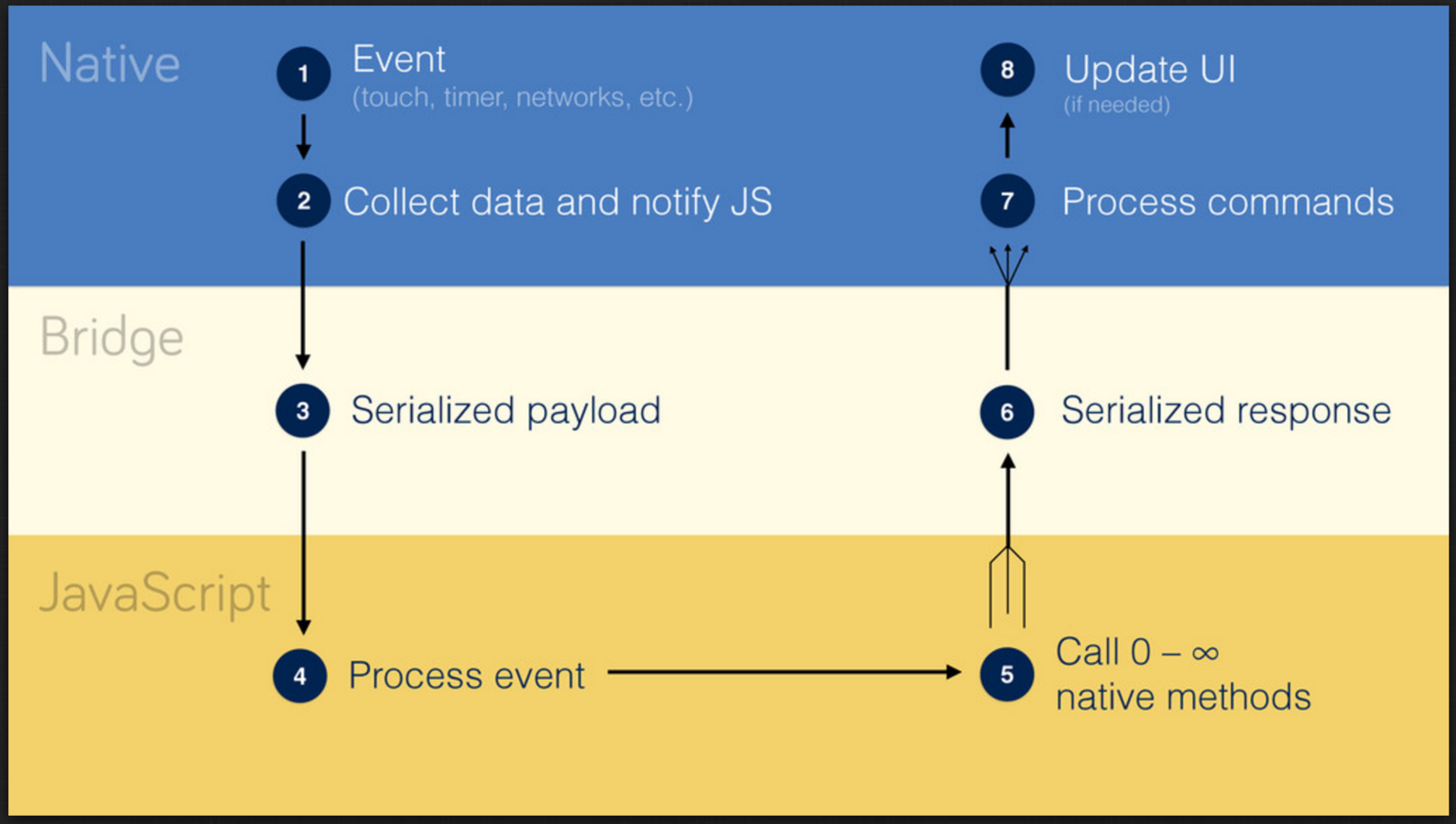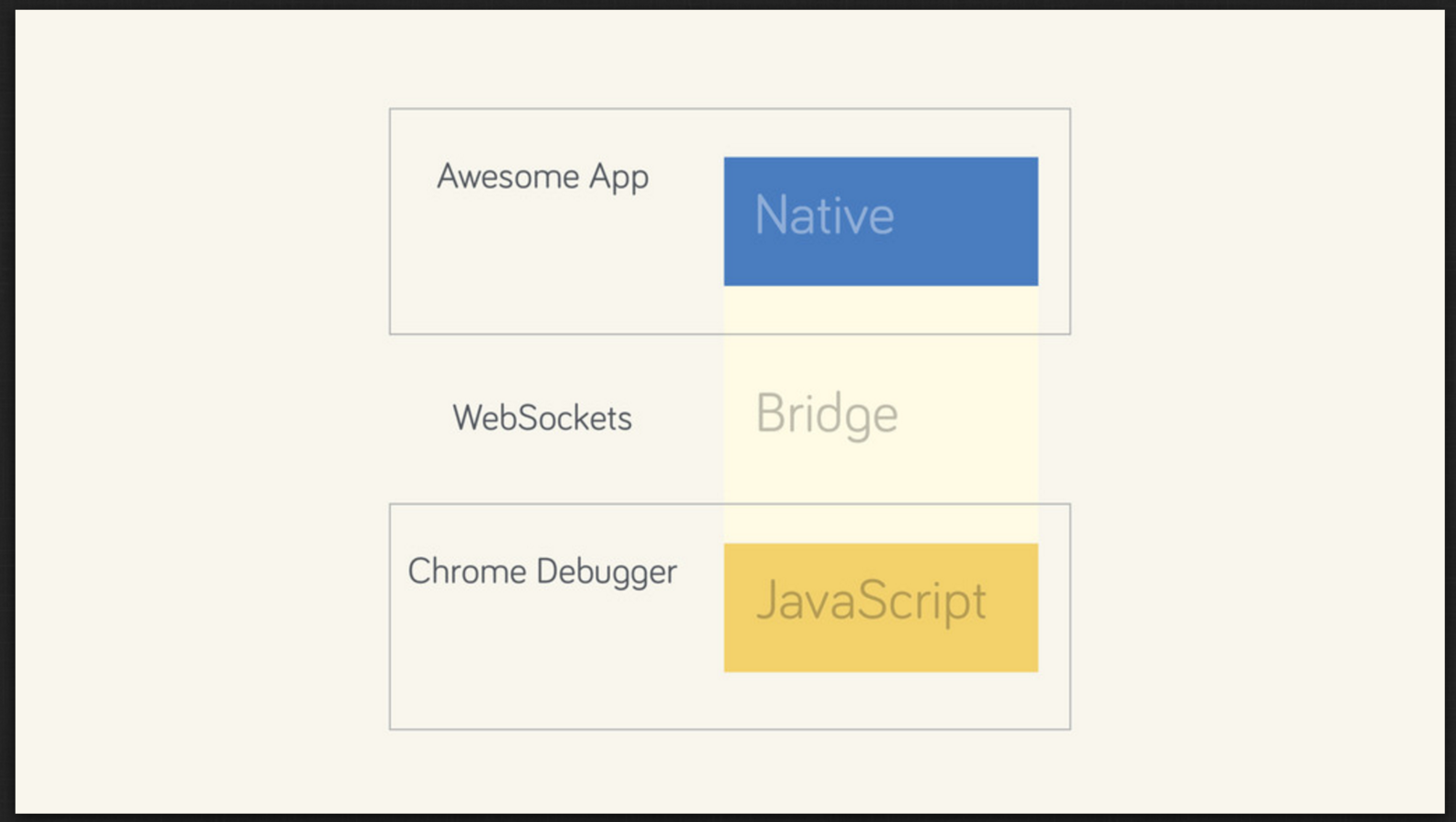Carlos Guedes
Carlos is a software engineer that lives in Europe’s west coast, Portugal. With more than 10 years of experience in teaching and software development, he has strong skills in full-stack development with extensive knowledge in web technologies.








